Central region struggles to develop tourism
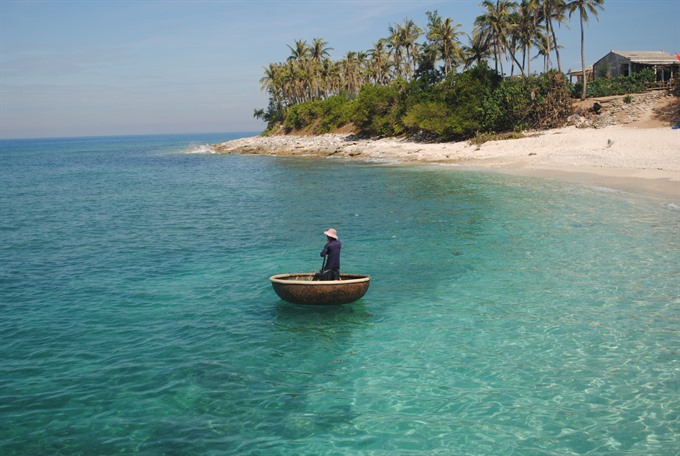 |
| Fishing in An Bình Islet of Lý Sơn Island off the coast of Quảng Ngãi Province. VNS Photo Công Thành |
But, Đam said, too many barriers were preventing the region’s tourism from taking off. “A series obstacles, including visa exemption, infrastructure, accommodation, environment require joint action by different agencies,” Đam said. “International tourists don’t come to Việt Nam only to stay at luxury hotels and resorts. They are lured by the unique lifestyle and traditional culture that they cannot find elsewhere in the world,” he said.
“Culture in the central and Central Highlands region should be attractions to international tourists. The region should boost community-based tourism to boost sustainable green industry and stable incomes,” he added.
The deputy PM also warned that standard of human resource and hospitality management in the region has yet to reach the required level to serve luxury tourism, as well as the environment.
Dr Trần Du Lịch, head of the Consultative Group for Development of the Central Coastal Region, said tourism’s potential has yet evaluated as a key industry for future’s development in Việt Nam, and the ‘green’ industry was received unfair treatment in comparison to other industries.
Lịch said tourism in the region has yet to build up its luxury brands due to a lack of human resources, while investment funds have been poured in too many fields.
“Tourism potential in the central and central highlands region has yet set on right launching pad, while the industry received too little preferential as cement or steel industries were enjoyed from the governmental policy,” Lịch spoke out at the forum, which was held on Saturday.
He said the tourism service in the region was designed for all tourists, but not high-end global tourists and premium services.
Lịch suggested hospitality must be concerned as one of the most important factor for future’s development in tourism in the region.
The director of the Việt Nam Institute of Economics, Trần Đình Thiên said tourism in 19 provinces and cities in the central and central highlands has been booming rapidly over past decades.
Thiên, who is a member of the national consultancy Council on financial policy and monetary, said the region should build a trust and attraction to global tourists, and a world level downtown and entertainment.
Expert Vũ Đình Ánh said tourism in Việt Nam will struggle against fund deficiency in next five years when the state budget will be limited for the industry.
Ánh said tourism industry, which was invested total fund of US$18.5 billion in 2011-15, will need $24 billion for 2016-20 development in creating an estimated revenue of $35 billion in 2020.
He said preferential tax policy for tourism has yet concerned, while a fund for tourism industry is not established.
Chairman of Việt Nam Tourism Association, Vũ Thế Bình said tourism capacity in the region has been underdeveloped in comparison to HCM City and Hà Nội.
Despite of hosting 6.4 million foreign tourists in 2016, the region only earned VNĐ71 trillion ($3.1 billion) – 17.7 per cent of the country’s tourism income.
The region has nearly 400 hotels and resorts – 39 per cent of country’s total – but only 49 per cent of room had served for tourists.
Meanwhile, number of travel agencies accounted 10 per cent of the country, and tour guides (2,000 persons) only took a 12 per cent of the country’s total tour guides.
Bình also said 19 provinces and cities in the region employed 350,000 direct and indirect employees, but nearly 40 per cent are unskillful.
He said the region had developed 12 airports including three international airports – Đà Nẵng, Phú Bài of Huế and Cam Ranh of Khánh Hòa – but only one duty-free shop was built in Đà Nẵng.
The forum, which included in agenda of the on-going 6th Quảng Nam Heritage Festival, was a chance to review and evaluate real potential of tourism and hurdles that the industry needs to clear out for future growth.
What the stars mean:
★ Poor ★ ★ Promising ★★★ Good ★★★★ Very good ★★★★★ Exceptional
Latest News
More News
- Cathay Cargo resumes Ho Chi Minh City service (April 05, 2024 | 19:04)
- Cultivating agricultural tourism model in Hanoi (April 05, 2024 | 14:51)
- HCM City stimulates tourism with discounts up to 60 per cent (April 04, 2024 | 16:01)
- Visitors to Vietnam in first quarter exceeded pre-COVID numbers (April 03, 2024 | 16:42)
- Domestic tourism under threat from high flight costs (April 02, 2024 | 12:19)
- Travelling back to nature (April 02, 2024 | 11:50)
- An Giang launches smart tourism information portal (March 29, 2024 | 10:20)
- Hanoi voted as ‘Best Food Destination for 2024’ by TripAdvisor readers (March 29, 2024 | 10:08)
- AirAsia Cambodia ready to take off starting with three domestic destinations (March 19, 2024 | 18:27)
- Phu Quoc among top beach destinations in Asia (March 19, 2024 | 15:55)



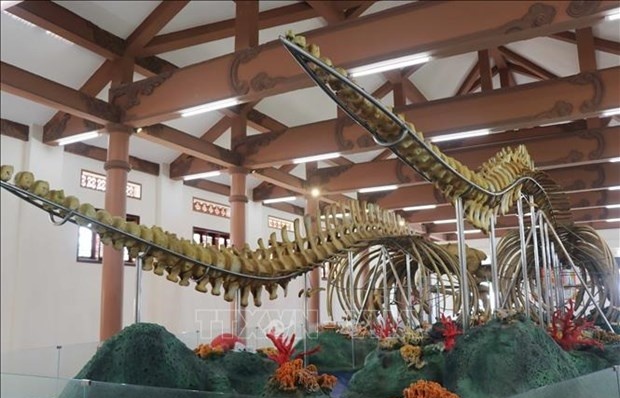
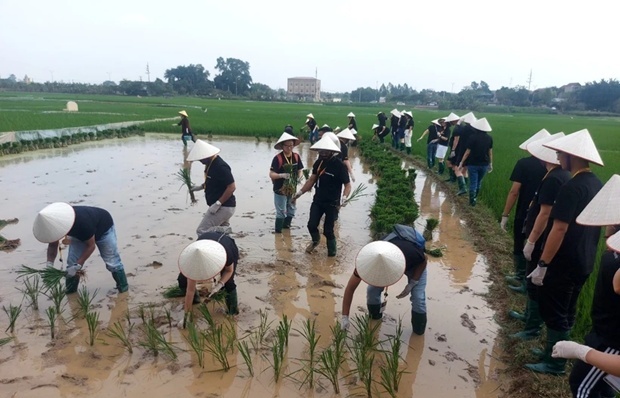
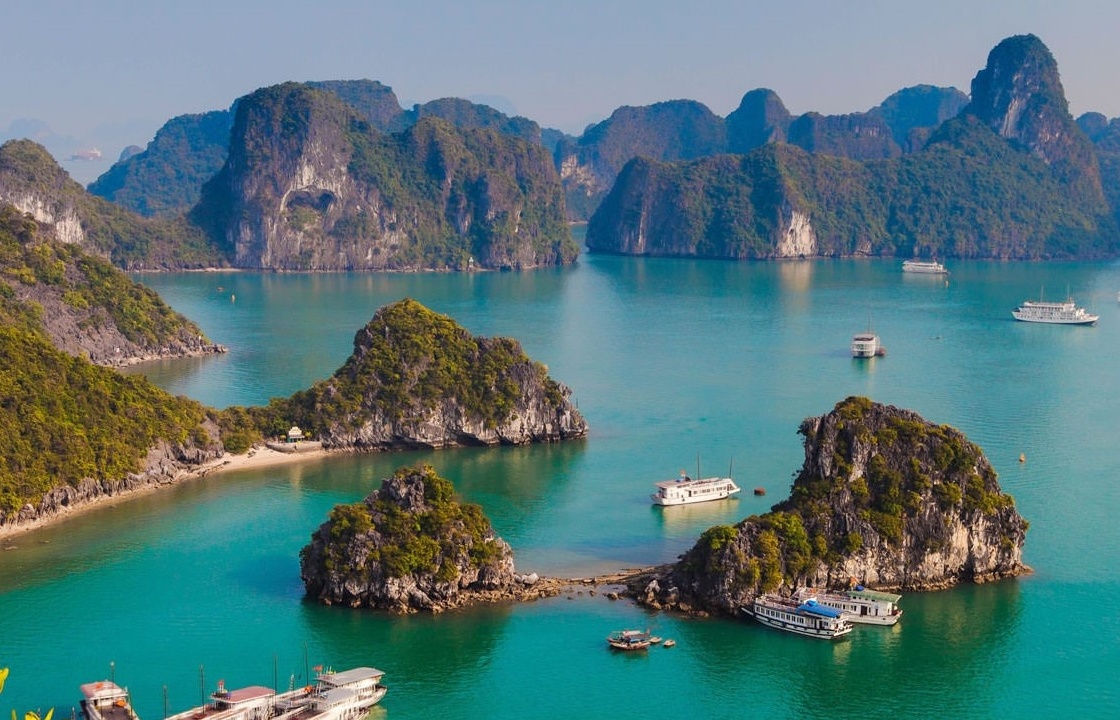
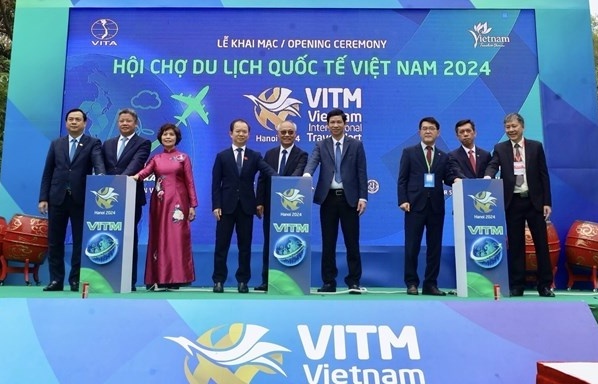
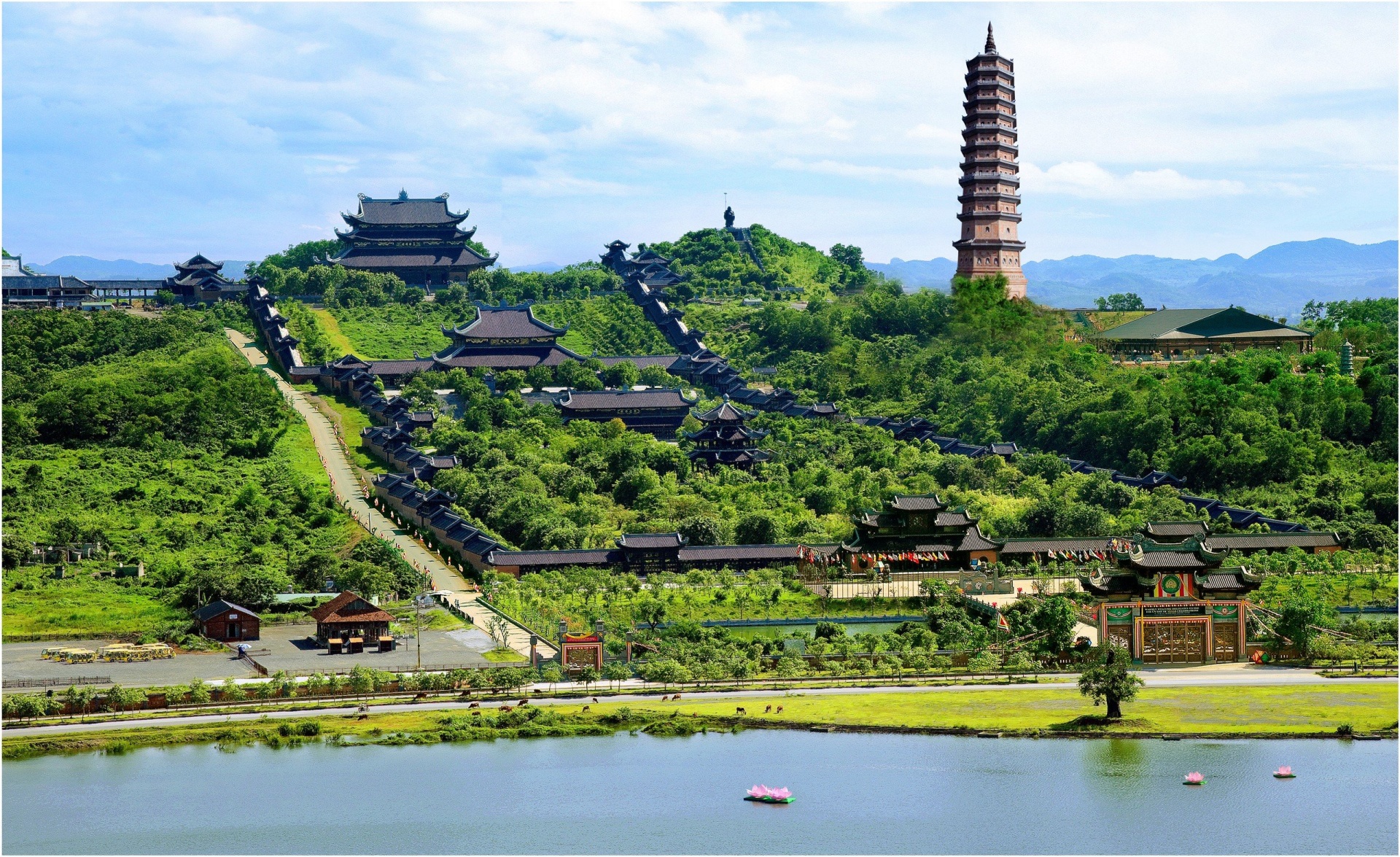
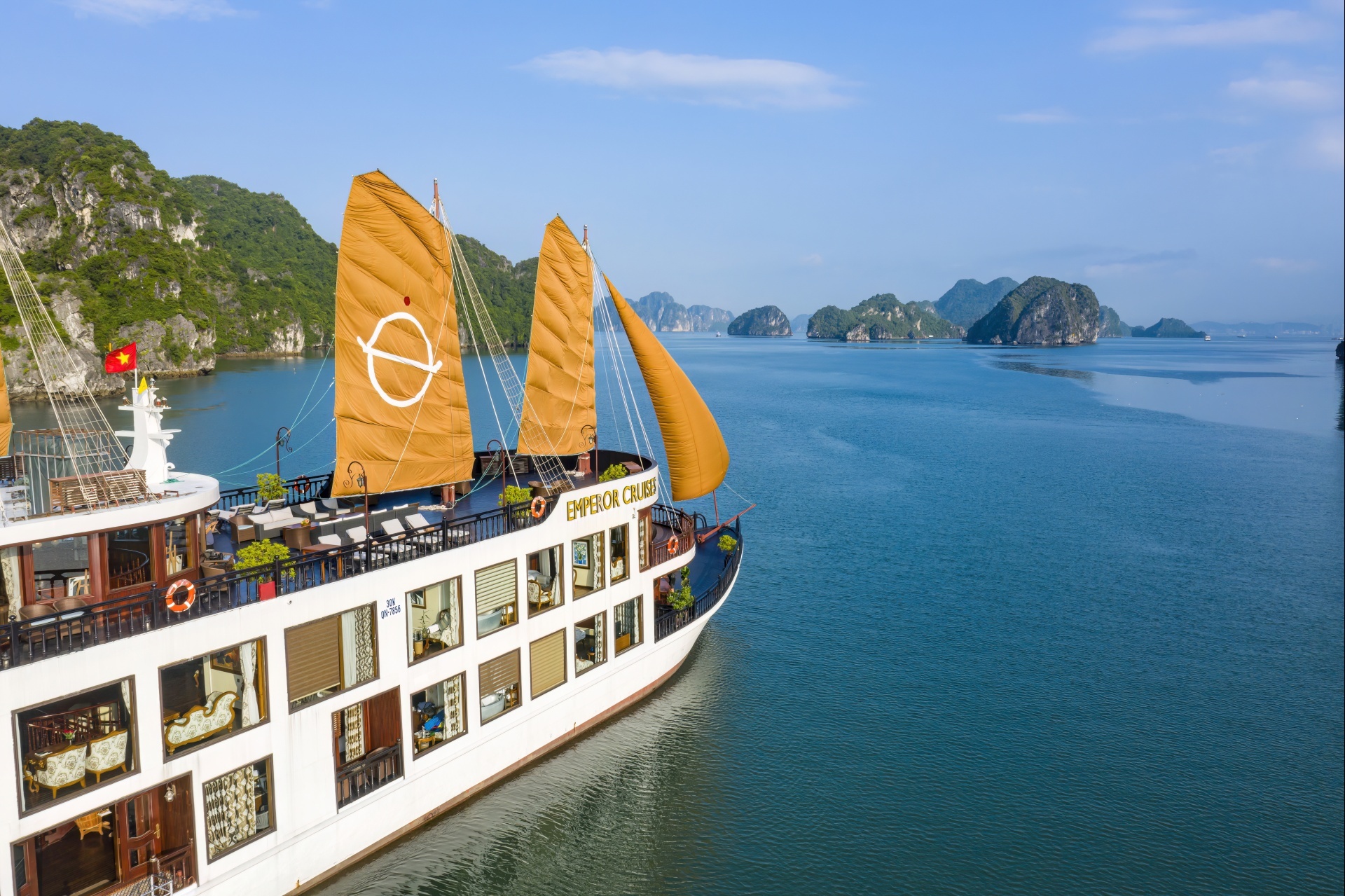


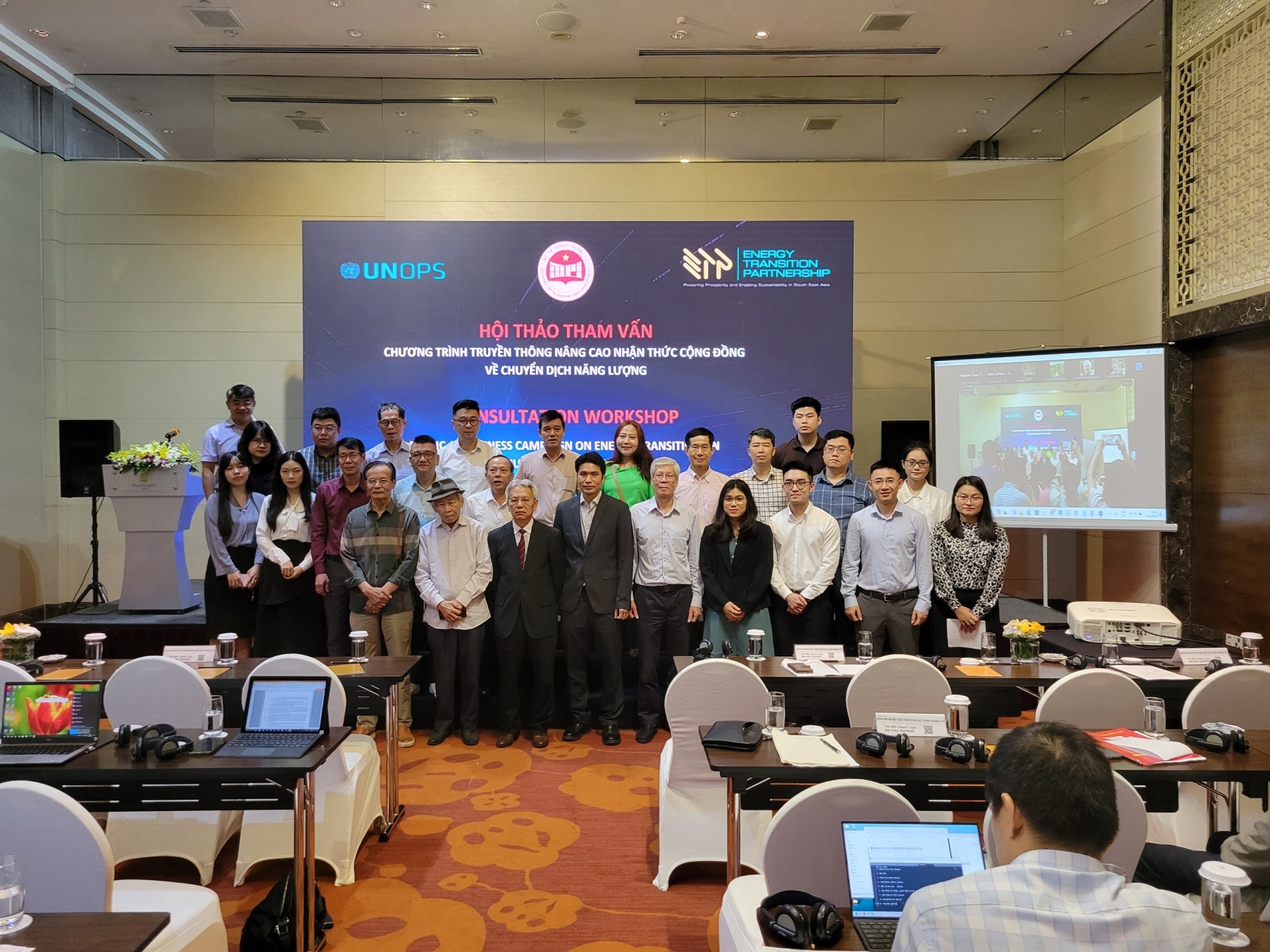
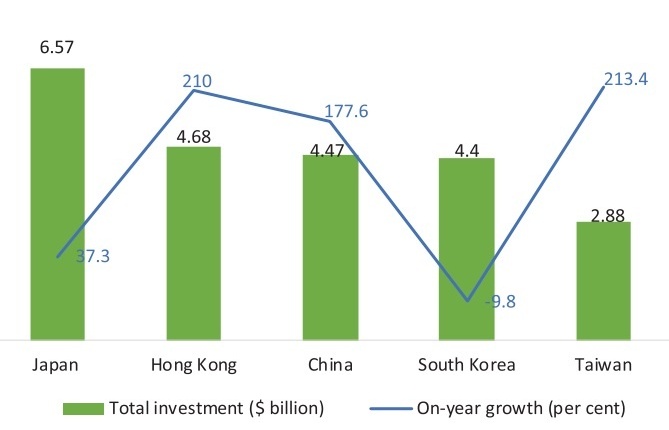

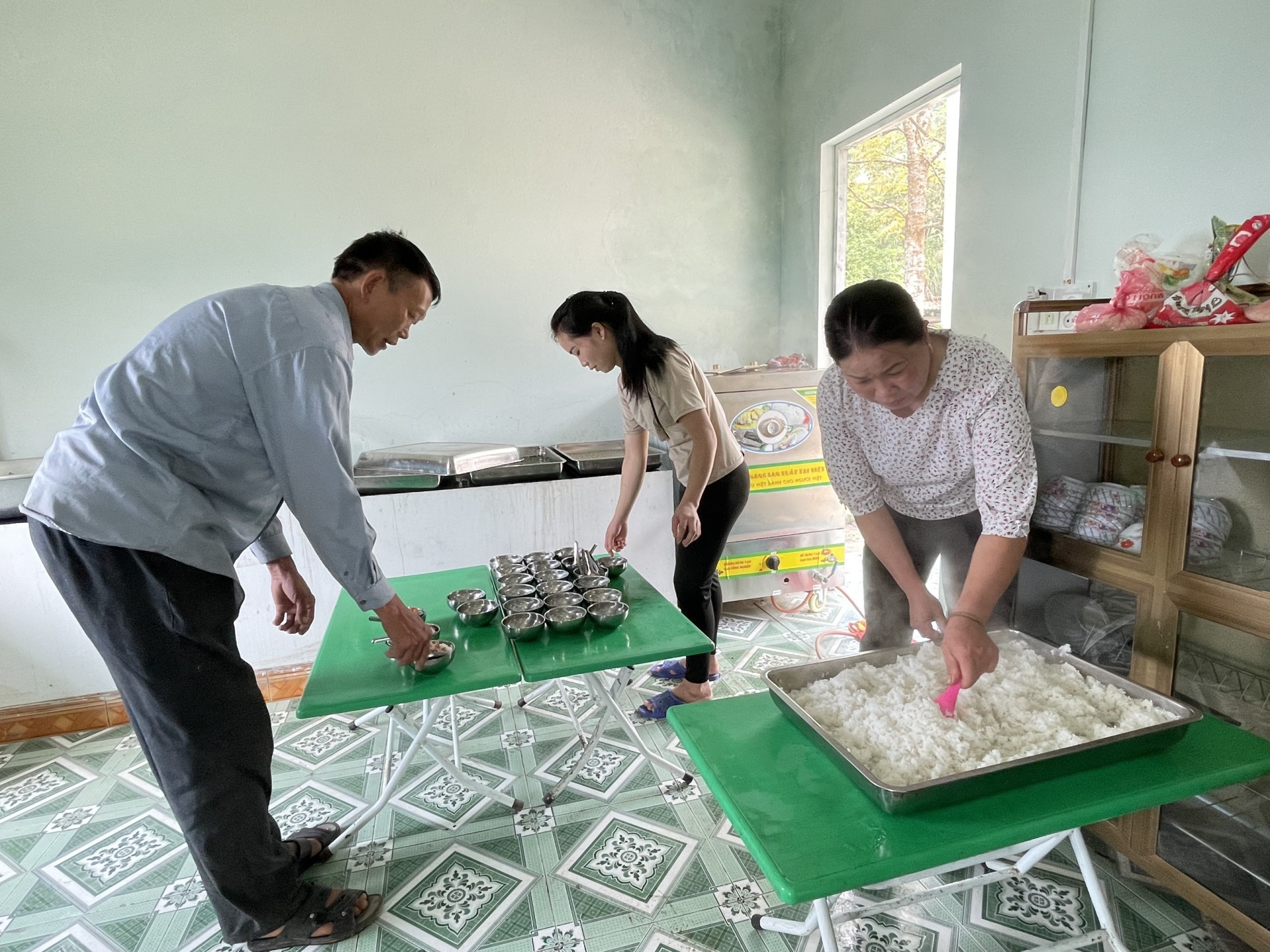



 Mobile Version
Mobile Version